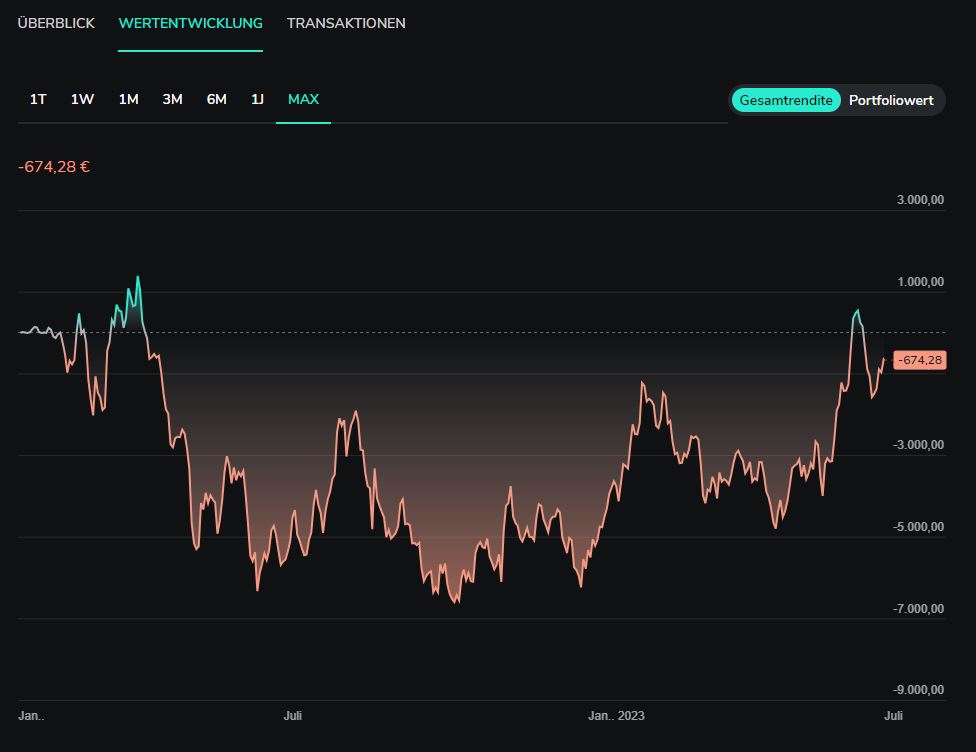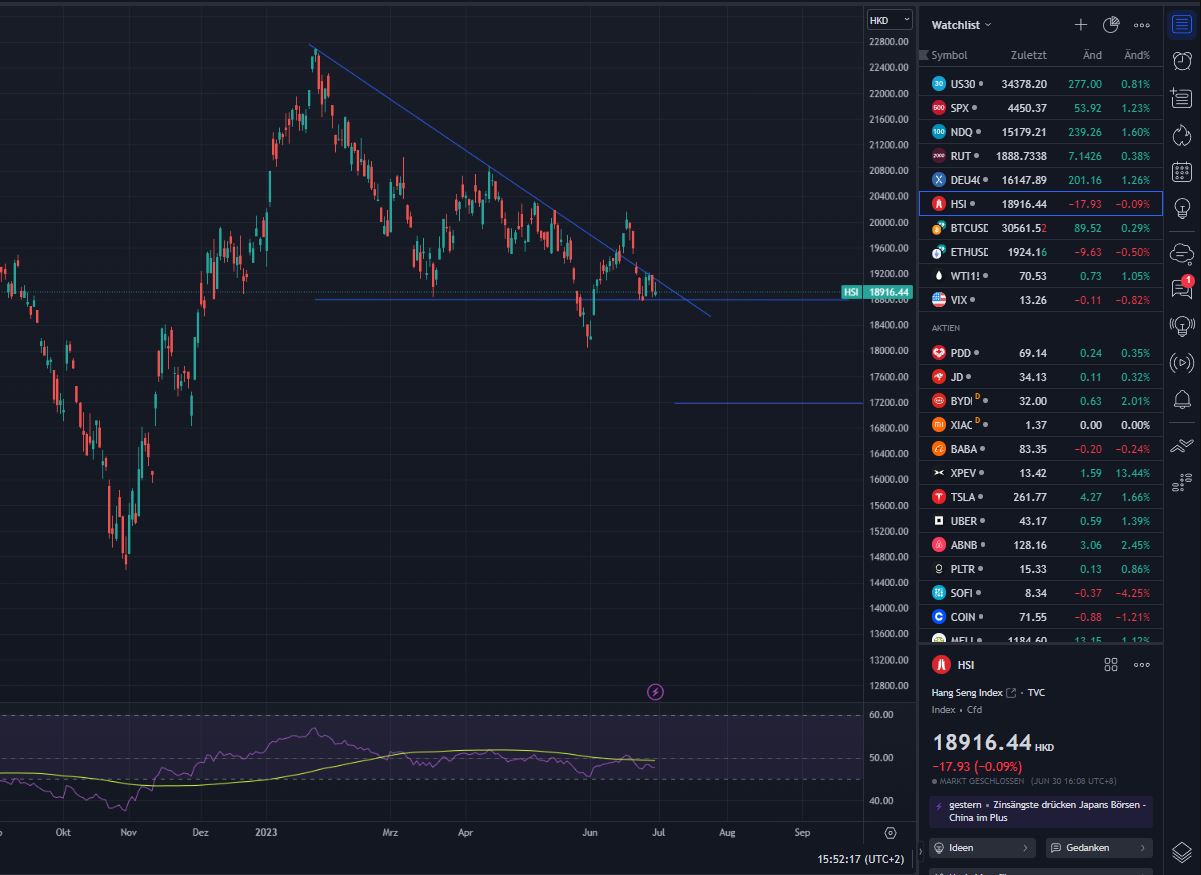But there is "lithium" in the name ...
Hello dear community,
In the following also times a contribution about lithium and the product types, which are literally floated on the stock market.
My last post was about the alternative "ammonia". Click here for the post:
https://getqu.in/2A360BDV8GYN/5eFN2FjPbr/
How will the general investor know what's behind the lithium companies?
I hope to enlighten you a little bit.
1. deposits
Lithium has a share of about 0,006% on earth (Q: "PSE in facts and figures"). Lithium occurs mostly as salt in nature, which always shimmers so great on the pretty stock market photos. But this is lithium carbonate. But it is also deposited in various minerals. However, these are so-called "complex" compounds that cannot be separated easily without further energy input.
A second high occurrence results from salt lakes. This is again lithium chloride.
What is the significance of this?
Subsequently, the salts or minerals of lithium are useless. We have to extract lithium in its pure form from it. Adding to our difficulty is the fact that pure lithium is very reactive and could therefore quickly recombine with all sorts of components in the environment, rendering it useless again. Because this is exactly the reason why lithium has to be treated in clean rooms or high-purity rooms.
But how do we get from mining or from the lake to the clean room?
This is where the much sought after "converters" come into play and this is where the controversy in the lithium value chain begins.
Lithium conversion is done by conducting the salt, be it lithium carbonate or chloride into concentrated hydrochloric acid.
Incidentally, this produces a significant amount of CO2, which is why e-car critics are probably more justified in pointing out the overall balance of the e-car.
The lithium in solution is fed into fused-salt electrolysis. Simply put, this is a process whereby electric current is applied to electrodes in a metal-containing solution or melt.
This then produces the pure form of the metal in a melt. This process was originally used to extract aluminum and is still used for this purpose today. In addition, however, the process has gained in importance for other industrial metals, such as sodium or magnesium. However, one point that should also be mentioned is the fact that the electrodes are made of graphite, i.e. pure carbon. Of course, this also causes wear and tear, again in the form of CO2, but also from the highly toxic carbon monoxide.
4. use of lithium
Lithium has become our everyday companion. For my generation and younger, it has created a whole new way of life. Far from civilized conversation and cultural society, you can now realize your life in an average 6-inch surreality. You can finally be who you want to be without facing problems of reality.
What do I mean by that?
Lithium is mainly used for rechargeable batteries, or accumulators for short. Its use is therefore inevitably commonplace, provided you own a cell phone, laptop, tools or even a hybrid or electric car.
Hence the assumption of the massive growth of the lithium industry.
5. the value chain explained by the market example.
For this purpose, I would like to discuss the value chain of the market on which this growth is supposed to be based - the e-car market.
- Mining:
As is usual with all raw materials, this must inevitably be extracted. Riches are offered above all by the Latin Americans, such as Chile and Argentina and Bolivia. This is because the so-called "lithium triangle" is located at the border triangle of these countries, where the world's main reserves are located.
Named producers there today are already Livent $LTHM , Allkem $AKE (through Galaxy) and Lithium Americas $LAC .
What do the 3 have in common? Due to the high lithium price in recent years, high valuations resulted on the stock market. These are now in decline and so are the valuations, but why?
The producers have their own producer prices, which of course depend on individual, variable costs. So if the lithium price rises on the world market, profits rise. Correspondingly, this also works the other way around.
Again, a little food for thought in the direction of dependency: alone one third of the world's known lithium deposits are in the hands of Chinese investors ...
- converter, or even refinery (chemical):
Here we are at the interface where our lithium is also made usable. I described the process in point 3, so we can save that at this point.
But what about the costs and the expected margins?
Of course, here again it is primarily industrial service providers, such as Bilfinger $GBF (-0,96%) , Vinci $DG (-0,72%) or Ferrovial $FER who will profit from the development of new industries. Long transport routes are also being taken on in this industry, which should strengthen the global logistics division or at least provide further tailwind alongside e-commerce. Other factors in this point are very different. Therefore, I'll make a case distinction.
Case 1:
The company owns "only" converters and is therefore dependent on the lithium price of the producers.
This means that the own margin roughly results from the sale of lithium compounds, such as lithium hydroxide, from the variable costs and the purchase of the raw material. This has been the major shortcoming in recent years, as the margins here have been crushingly low compared to the process importance. Representatives for this case include Ganfeng $1772 (+4,35%) and Tianqi $9696 (-1,2%) . Therefore, this case can probably also be stamped as a Chinese phenomenon.
Case 2: The company is located in the mining segment, owns its own mines (or is in the process of building them up) and processes the lithium on its own.
Here, of course, significantly higher margins can be expected in subsequent years. The cost point of purchasing is almost eliminated. Of course, the corresponding production costs must now be added, since one takes over two value-adding links in the chain. Nevertheless, one is not dependent on the world market price, but only on one's own costs.
Here, western representatives, such as Albemarle $ALB (+1,4%) , Rock Tech $RCK (-2,49%) (in the future) and Livent $LTHM .
But why is this segment the most promising in the lithium sector?
All the "hype" around lithium shares is based on studies of future e-car targets.
Capacities in the mining segment are steadily increasing. Therefore, it is quite reasonable to assume a "moderate" lithium price in the next few years. In addition, the converter capacities are also already the current problem of the shortage economy. In addition, one is in the fortunate position of being able to profit massively in battery recycling as well, since the material has to be added again at exactly this point of the value chain for purity purposes and quality standards.
But why do they now make lithium hydroxide and not pure "lithium"?
The answer is relatively simple: cost/benefit.
In the final stage of the entire value chain, it's not about pure lithium. The final product is usually the lithium-ion battery. Ions are electrically charged particles in a chemical compound.
Lithium hydroxide is obtained quite simply from the lithium salt of the mine with lime water (extremely cheap to buy).
The further transport also proves to be relatively simple, since lithium appears chemically bound and rather inert in contrast to the pure substance.
- Cell and battery producer
Here we are almost at the final stage of the battery. Of course, the costs of the previous value creators are borne here. Furthermore, the supplier prices of the required materials are added.
In addition to chemicals, graphite, electrodes and precious metals such as cobalt or nickel are needed at this stage.
Of course, this is strongly dependent on the design of the battery. I am referring to the "classic" lithium-ion battery.
However, since my reference levels are more in the chemical process, I am keeping this paragraph relatively lean now.
Important representatives in this sector are Panasonic $6752 (-1,57%) , Samsung SDI $0L2T (+1,94%) but also here already Tesla $TSLA (+1,63%) .
- Automobile construction
Here, too, I'll keep this short, since it's not about building an e-car.
Ultimately, all costs come together at this point. The carmaker has little room for maneuver in the current framework of global capacities. Nevertheless, long-term supply agreements have already been concluded with suppliers in order to be able to withstand the price competition.
For example, Mercedes-Benz secured $MBG (+0,13%) secured approx. 10,000 t/year from the future producer Rock Tech Lithium Hydroxide via a fixed supply contract.
Volkswagen $VOW (-0,65%) and Stellantis $STLAM (+0,57%) (formerly PSA and Fiat-Chrysler) secured pre-emptive rights from Vulcan $VUL (+11,92%) .
GM $GM (+0,52%) secured shares in Lithium Americas for $650 million.
Nevertheless, these capacities must first be created. The foundations have been laid.
Postscript - personal speculation:
But what do I want to express with all this?
Just because "lithium" is in the name of a share, one is not exactly betting on a hobbyhorse here. Of course, the demand for lithium will increase and corresponding capacities have to be expanded. Nevertheless, today's stock market valuations do not correspond to the comparable parameters for the future. Here, it is always assumed from an extremely optimistic scenario that all tangible assets will be directly consumed by the end consumer. However, this will not be the case due to economic and social differences and the internal competition is already enormous today.
The real margins are more likely to be in chemical processing, as the shortage of production capacity is likely to continue into the mid-2030s. In addition, corresponding projects in Germany are being significantly promoted in order to reduce dependencies. Competitors are still manageable, relative to raw material producers, carmakers, and cell and battery suppliers. One is less bound to the price pressure of the end consumer, but again dependent on high transport routes and costs. Last but not least, one represents the link between recycling and reproduction in the future.
The next overview:
- Biofuels - More sin than reasons.
- E-Fuels - A clarification. What is actually behind the term and why they will most likely find a breakthrough.


















